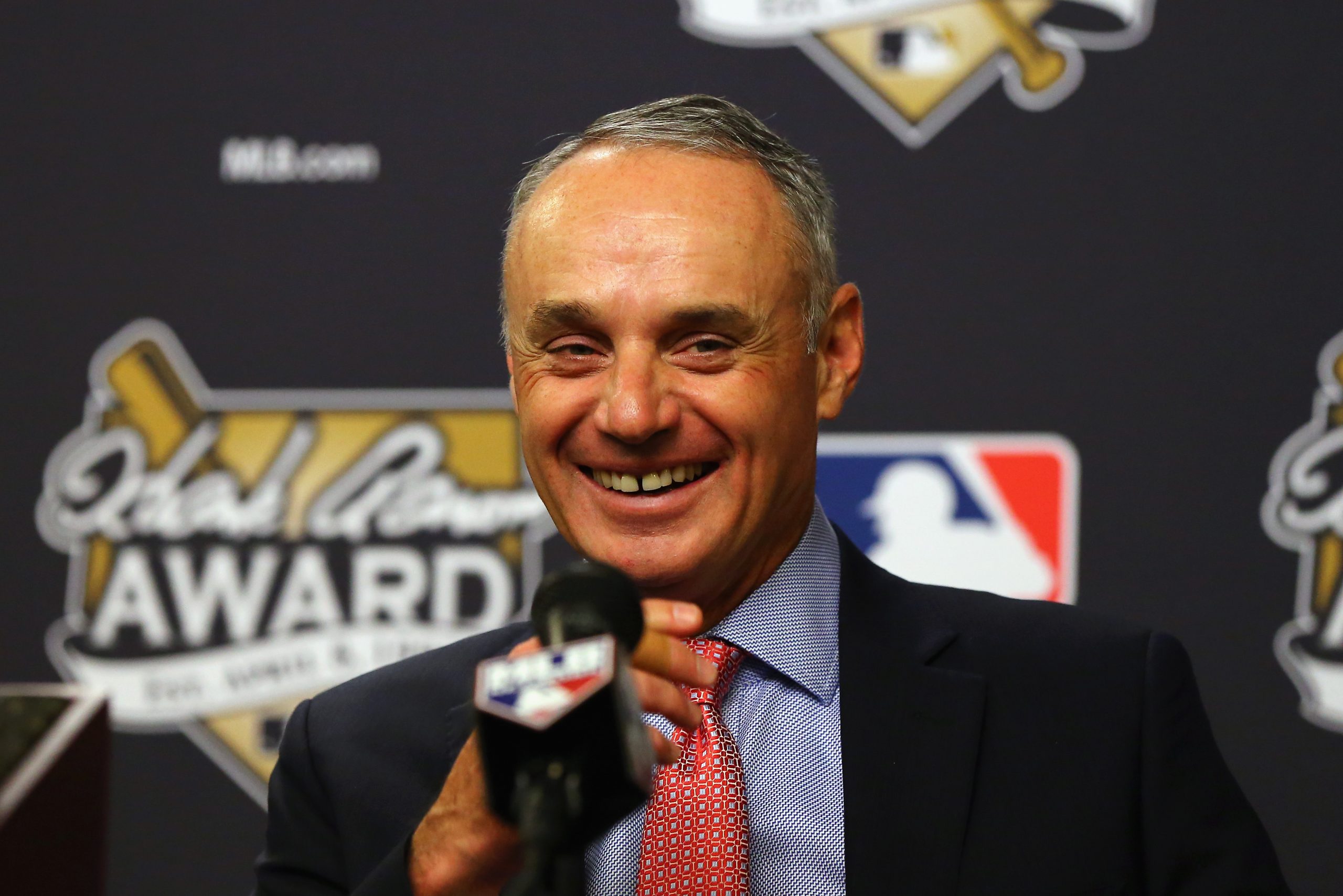To hear Joe Torre tell it, Major League Baseball is plagued by a plethora of bullpen-draining, fan loathing, 15-inning snooze fests that end after midnight with some poor position player throwing 75-mph meatballs over the plate.
That, at least, was the reasoning Torre, the sport’s chief baseball officer, gave Yahoo! Sports this week to support the experimental new rule MLB will implement in the low minor leagues this season, with each extra half-inning beginning with a runner on second base.
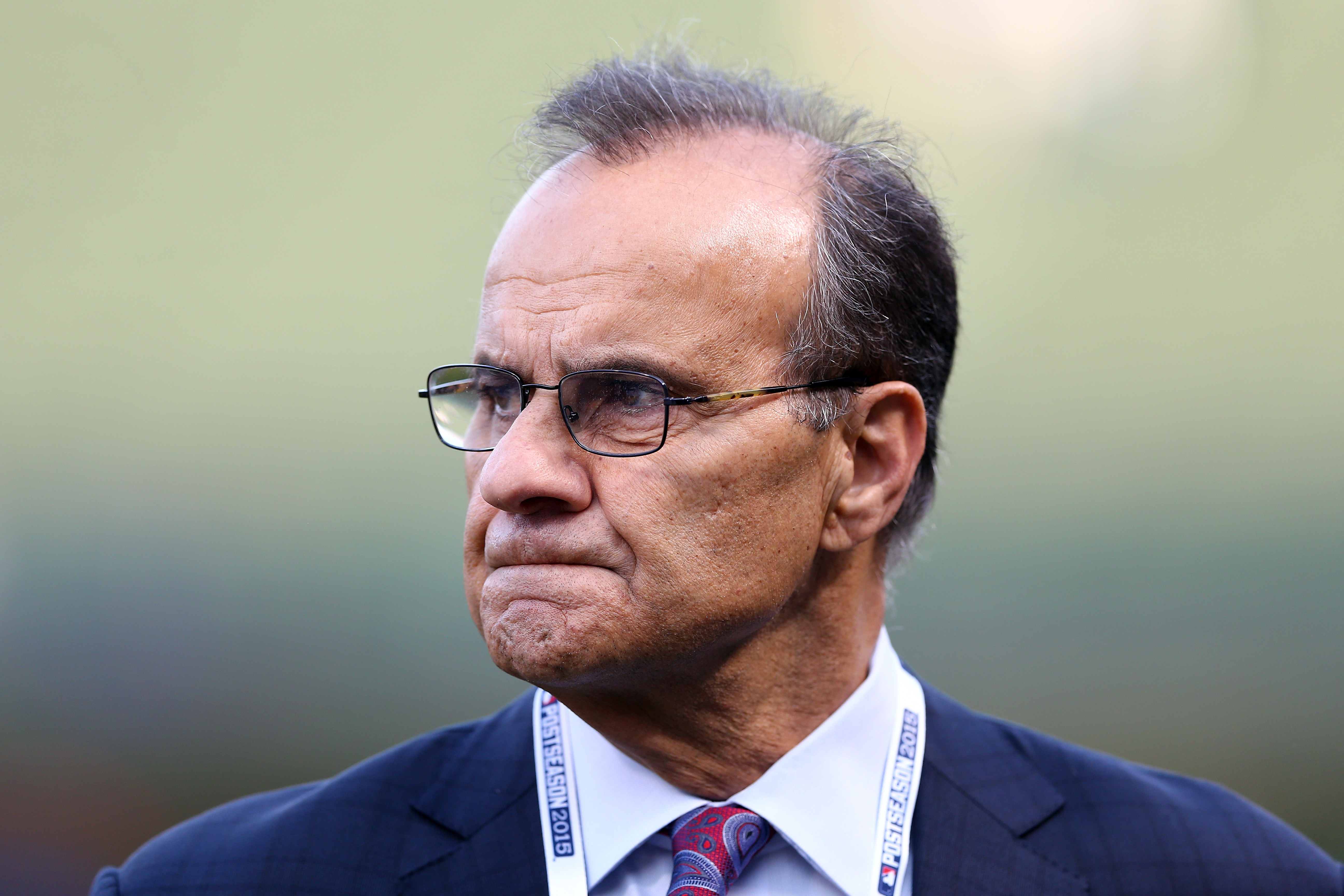
And only one of those 185 extra-inning games, the 19-inning marathon in Toronto between the Indians and Blue Jays on July 1, ended with a position player on the mound. So this was by no means a massive problem that was crying out for an aggressive solution.
The 19-inning game in Toronto actually featured two Blue Jays position players: Ryan Goins and Darwin Barney. Both were called on to pitch, and the Indians’ 2-1 victory, with Barney surrendering the go-ahead run in the top of the 19th, stood as one of the most memorable games of the season and served as a precursor to the dominance the Indians’ bullpen displayed in its march to the World Series a few months later.
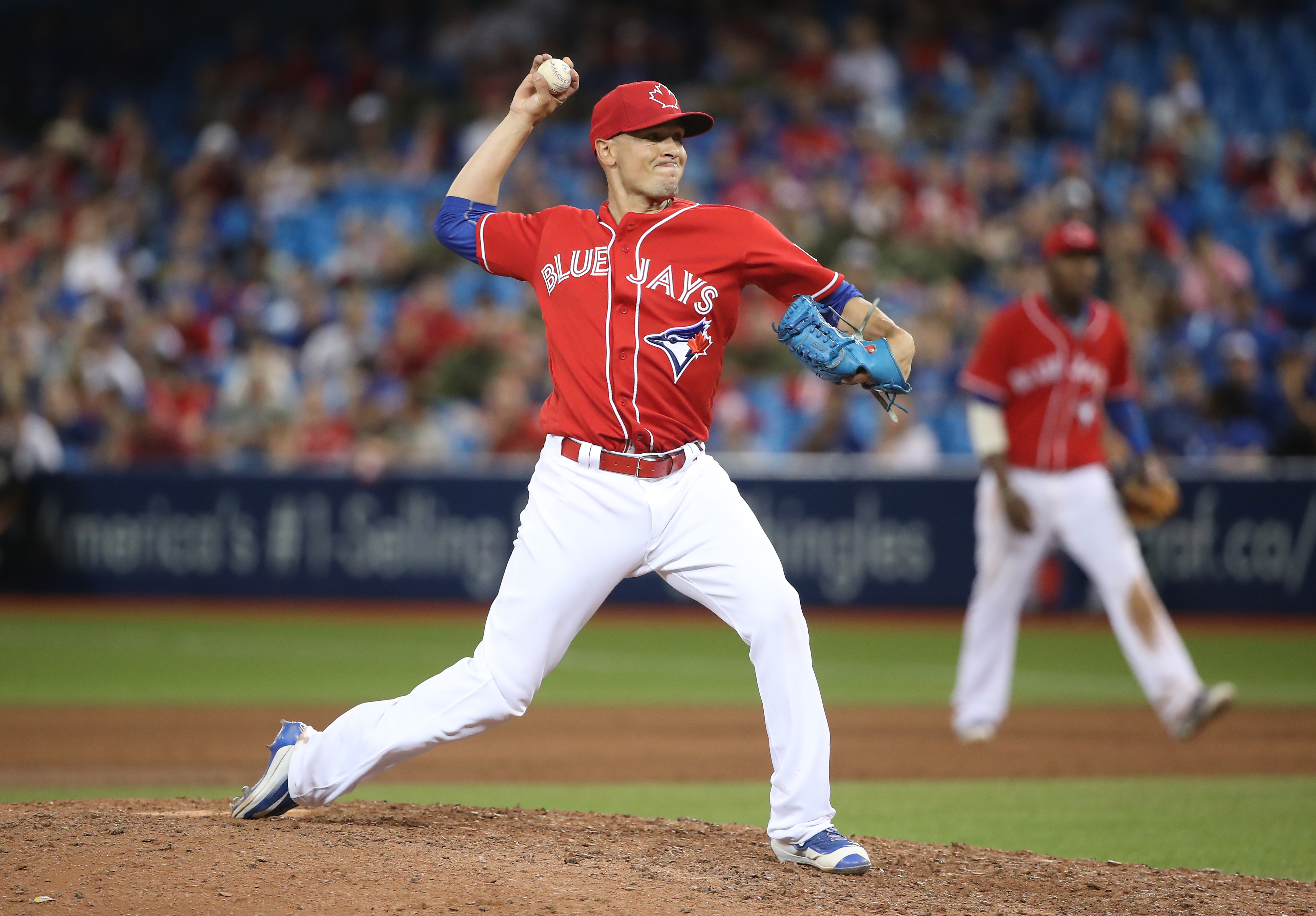
Yes, baseball games are too long, and the sport’s efforts to address pace-of-play are laudable and necessary. But there are plenty of ways to make a more significant impact: By limiting mound visits, for example, or enforcing current rules regarding hitters stepping out of the batter’s box rather than by toying with extra-inning rules.
Here are practical steps to improve the pace of play in baseball which won’t disrupt the heritage it shouldn’t abandon:
First, baseball needs to adopt a rule limiting the amount of times a pitcher can attempt a pick-off to a base. This, like allowing a college basketball team to continuously dribble to take time off the clock, is a situation in which the interests of the game itself are at odds with the interests of a single participate. A pitcher has a selfish interest in preventing stolen bases against him. Throwing to first base, even throwing to it repeatedly, is one way to accomplish this.
Or is it?
About a six years ago, Dan Milkiel from Baseball Prospectus did a study comparing the stolen base percentages when pitchers threw to first, and the stolen base percentages when they didn’t. The analysis found:
“…no evidence that throwing to first is an effective means of curtailing base stealing. Indeed, the numbers indicate that runners do better when throws are made though it’s difficult to believe that they do better because of the throws. There remains, however, a good reason to throw to first, namely the possibility of a pick-off. Since there is little cost to throwing over-the risk of an error is negligible and the batter’s performance may even suffer-pitchers have a strong incentive to throw repeatedly to first when it’s occupied by a speedy runner.”
While throwing to first base may seem like good strategy, in reality it is not according to Milkiel’s study. Even if the pitcher still believes it is, it still makes for lousy entertainment. If the people who wrote the rule book had ever thought that a pitcher was going to stand on the mound and throw repeatedly to first base, they probably would have prohibited it. After all, they did limit the number of times that a pitcher can throw home without getting something accomplished. If the rational behind limiting the pitcher to four throws to get him out before conceding the at-bat was to move the game along, what sense would it have been to allow the pitcher to make 20 pointless throws to first-base? The battle between the pitcher and the batter, after all, was supposed to be the main object.
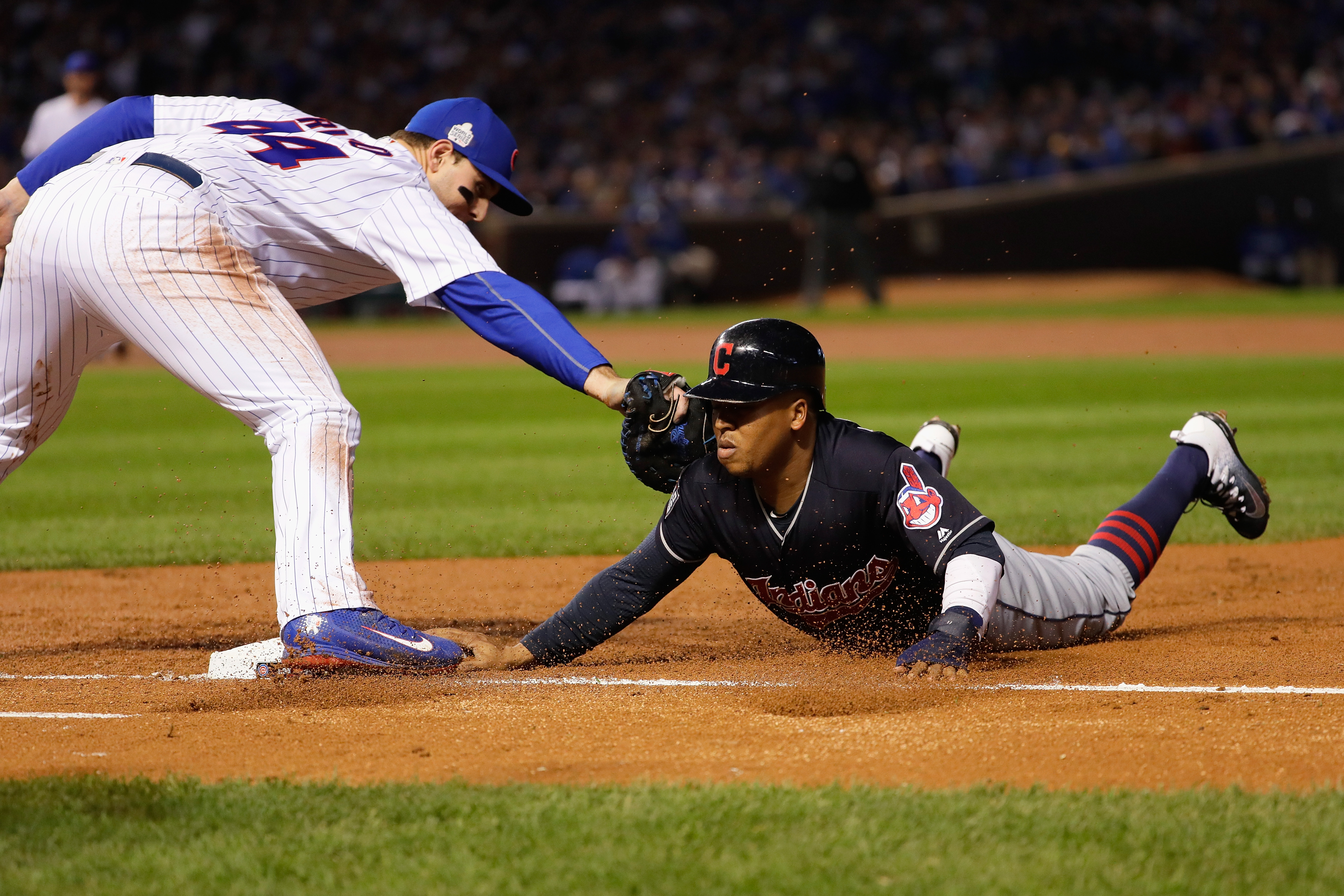
The people who wrote the rule book didn’t prohibit this, because it simply never occurred to them that it was going to become a problem. The rules were written by men, after all, and history has proven that men are not flawless. As the game has been passed down, there is this continuous belief that the game is perfect. The idea that baseball is a “perfect machine” never in need of fine-tuning, is one of the things that has kept the game from progressing.
The rule would simply state that a team is allowed two unsuccessful throws to the bases in each half-inning. Bill James was the first to suggest this in his Historical Baseball Abstract. If they make a third unsuccessful throw to the bases, it is counted as a ball. In reality, the rule would hardly ever be applied, because pitchers would virtually never throw three times in each half-inning. Thus, this rule would fit seamlessly into the game that few people would ever realized it existed.
The second change I advocate has to do with the time element. I would like to see baseball, which now requires two minutes and five seconds between innings , cut that to 90 seconds. This is sure to spark major criticism based upon the assumption that, since baseball advertisers sell the time between innings, a reduction of the amount of time available to be sold would mean a reduction in money.
A basic rule of economics is that the value of anything is based on its scarcity. Baseball revenues will always be more depressed than that of the NFL or NBA’s simply because baseball has more advertising time to sell than advertisers want to buy. Making games more urgent, would increase the interest in the broadcast. The result might be 5% less advertising time, over the course of the season, but 5% more people watching the games , which means a 30% increase in the number of interested buyers. The result would be an improvement in the ratio of of the supply of advertising time to the demand for that time- improved, in the view of those who are selling the time.
Despite this basic rule of economics coming into play, it is not self-evident that whatever makes baseball a better game will, in the long run, result in making more money for those who own Major League Baseball teams.
The third change is also certain to bring some criticism. It relates to the change brought about by the aluminum bat in amateur baseball and the larger, maple wood baseball bats in the professional ranks. The problem is the crowding of the plate resulting in an explosion in the rates of hit batsman.
I would like to see the batters box moved back from home plate by about four inches. This can be phased in over the period of years to insure that no one’s career would be thrown into a tailspin; the box could be moved back on inch every four years until it is back four inches. It would be an invisible change to the fan, even to the hitter; you would have to be Ted Williams to notice the batters box had moved an inch. Most hitters don’t stand in the front four inches of the box, and even hitters who do like to crowd the plate sometimes step back a few inches The effect on any one hitter would be almost inconsequential.
If you back the hitter off a few inches, you make it a lot harder to hit the outside pitch into the seats. You make it a little bit harder to pull the fastball in the middle of the plate. The result would be fewer home runs, few hit batsman and would encourage hitters to make contact and run, rather than swing for the seats and walk. Injuries would also be reduced, since broken hands and fingers sometimes results from being hit by the pitch.
Finally, I would like to see a rule limiting mid-inning pitching changes. It has been widely known at least since the late 1870’s that right-handed hitters hit better against left-handed pitchers, and vice-versa. Leo Durocher in the 1940’s was the first manager to feel that it was important to keep a left-hander in the bullpen to get out left-handed hitters.
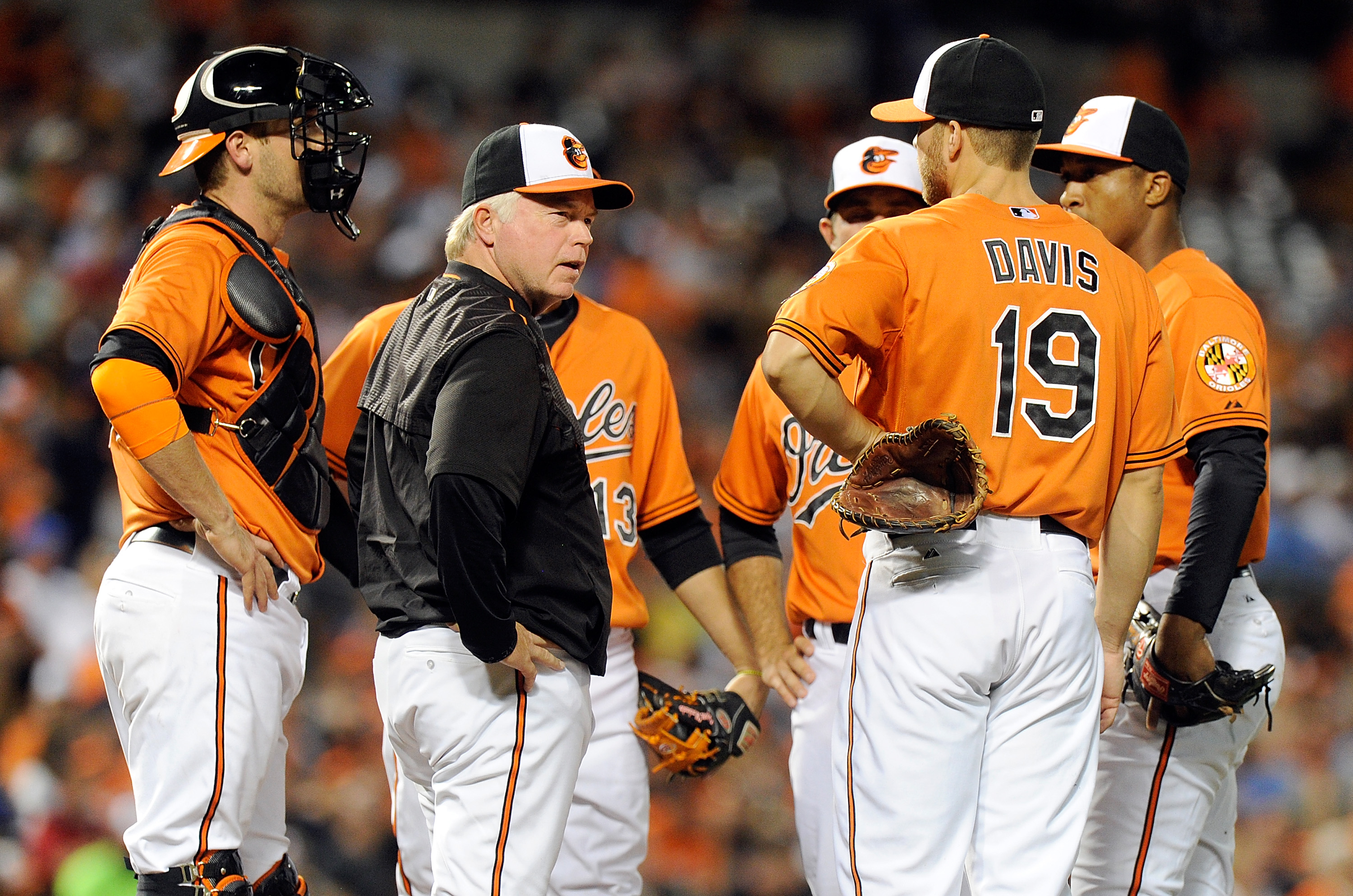
Add The Sports Daily to your Google News Feed!
